How to Stop Bleeding Gums at Home
How to Stop Bleeding Gums at Home

Do your gums bleed when you brush or floss? Bleeding gums are a common problem and usually a sign that your gums need a little extra care. But don’t worry—there are ways to improve gum health right at home. In this guide, we’ll go over some simple steps to stop bleeding gums and get your oral health back on track. And remember, for a professional opinion or deeper cleaning, Dentistium is always here to help!
Why Do Gums Bleed?
First, it’s important to understand why gums bleed. Bleeding gums are often a sign
of gingivitis, which is the first stage of gum disease. Gingivitis happens when
plaque—a sticky film of bacteria—builds up on your teeth and gums. If left
untreated, gingivitis can lead to periodontitis, a more serious gum disease that
can harm your teeth and jawbone.
Some common reasons for bleeding gums include:
- Poor oral hygiene (not brushing or flossing regularly)
- Brushing too hard or using a stiff toothbrush
- Vitamin deficiencies, especially vitamin C
- Hormonal changes, especially during pregnancy
- Smoking or using tobacco products
If you’re experiencing bleeding gums, try these simple steps at home to help
reduce or even stop the bleeding.
1. Brush Gently but Thoroughly
Brushing your teeth twice a day is essential, but doing it the right way is just as
important. Many people brush too hard, thinking it will make their teeth cleaner.
However, brushing too hard can irritate your gums and make them bleed. Instead:
- Use a soft-bristled toothbrush to avoid damaging your gums.
- Brush gently in circular motions rather than scrubbing back and forth.
- Be sure to brush along the gum line to remove any hidden plaque.
By brushing gently, you’ll keep your teeth clean without harming your gums. If
you’re unsure about your brushing technique, the team at Dentistium can
demonstrate proper brushing methods during your next checkup.
2. Don’t Skip Flossing
Flossing helps remove food particles and plaque from between your teeth and
along the gum line, areas your toothbrush can’t reach. If your gums are sensitive
or bleed when you floss, it might be because they’re not used to it. Start by flossing
gently and work up to a more regular routine. Here’s how to floss properly:
- Slide the floss gently between your teeth, avoiding snapping it into your gums.
- Curve the floss around each tooth in a “C” shape and slide it up and down
along the side of each tooth.
With consistent flossing, your gums will get healthier and stronger, which can
reduce bleeding over time. If you’re not sure which type of floss to use, Dentistium
can recommend one that suits your gums best.
3. Rinse with Salt Water
A simple saltwater rinse can help reduce gum inflammation and kill bacteria that
may be causing your gums to bleed. Saltwater acts as a natural disinfectant, so
rinsing your mouth with it can speed up healing and reduce swelling.
- Mix 1 teaspoon of salt in a cup of warm water.
- Swish the solution around your mouth for 30 seconds, then spit it out.
- Repeat this twice a day until you notice improvement.
Saltwater rinses are gentle and easy to do at home, making them a great first step
if your gums are sore or bleeding.
4. Eat Foods Rich in Vitamin C and Vitamin K
Vitamins C and K play a key role in keeping gums healthy. Vitamin C helps
strengthen your immune system, so your body can fight off infections that cause
gum disease. Vitamin K helps blood clot, which can reduce bleeding. Good sources
of these vitamins include:
- Vitamin C: Oranges, strawberries, bell peppers, and broccoli.
- Vitamin K: Leafy greens like spinach, kale, and collard greens.
Adding more of these vitamins to your diet can help improve your gum health.
If you’re struggling with persistent gum problems, Dentistium can discuss your diet
and any supplements that might benefit you.
5. Stay Hydrated and Avoid Tobacco
Drinking water throughout the day helps wash away food particles and bacteria
in your mouth, which can reduce gum irritation and bleeding. Staying hydrated also
prevents dry mouth, a condition that can make gum issues worse. Avoiding
tobacco is another key step, as it irritates the gums and can lead to severe gum
disease. Quitting tobacco isn’t easy, but the results are well worth it for your oral
health.
When to See a Dentist
If your gums continue to bleed after trying these home remedies, it’s a good idea
to see a dentist. Bleeding gums can be a sign of more serious gum disease, and
professional cleaning might be needed to remove built-up plaque and tartar.
At Dentistium, our team specializes in gentle, thorough gum care to keep your
smile healthy. We can identify the cause of your bleeding gums and recommend
the best treatments for long-term oral health. From regular cleanings to advanced
gum treatments, we’re here to help you achieve a smile you’re proud of.
Bleeding gums are common, but with the right care, you can reduce or even stop
the bleeding at home. Remember to brush gently, floss regularly, and try simple
remedies like saltwater rinses. And if the bleeding continues, don’t wait—book an
appointment with Dentistium. Our caring team is here to support you with
top-quality dental care that keeps your gums and teeth healthy for years to come.
Notifications
- Dental awareness Camp at MAHER HOMES-2, Shela – 15th June 2025 –Dental Awareness Event at MAHER HOMES-2, Shela – 15TH June …
Read More "Dental awareness Camp at MAHER HOMES-2, Shela – 15th June 2025 –"
- Dentistium Team Movie Night: A Cinematic Break with “Housefull 5” at INOX PVR Himalaya Mall!Dentistium Team Movie Night: A Cinematic Break with “Housefull 5” …
- Dental awareness Camp at Sheetal Westpark Residency, VastrapurDental Awareness Event at Sheetal Westpark (Vastrapur) – 25th May …
Read More "Dental awareness Camp at Sheetal Westpark Residency, Vastrapur"
- Dental awareness Camp at Stanza, Shela – 11th May 2025Dental Awareness Initiative at Stanza (Shela) – 11th May 2025 …
Read More "Dental awareness Camp at Stanza, Shela – 11th May 2025"
- Dental Awareness & Check-Up Camp at Maruti SuzukiDental Awareness & Check-Up Camp at Maruti Suzuki India Limited …
Read More "Dental Awareness & Check-Up Camp at Maruti Suzuki"
Recent Posts
- Dental Implants: Procedure, Purpose & Benefits
 Dental Implants: Procedure, Purpose & Benefits When it comes to …
Dental Implants: Procedure, Purpose & Benefits When it comes to … - The Many Factors Influencing Patient Hygiene Practices
 The Many Factors Influencing Patient Hygiene Practices Maintaining proper hygiene …
The Many Factors Influencing Patient Hygiene Practices Maintaining proper hygiene …Read More "The Many Factors Influencing Patient Hygiene Practices"
- Enhance Your Smile with Dental Crowns: A Complete Guide
 Enhance Your Smile with Dental Crowns: A Complete Guide Your …
Enhance Your Smile with Dental Crowns: A Complete Guide Your …Read More "Enhance Your Smile with Dental Crowns: A Complete Guide"
- June 2025 (2)
- May 2025 (53)
- April 2025 (2)
- March 2025 (3)
- January 2025 (2)
- November 2024 (1)
- April 2024 (1)
7,626 hits
.
Most Searched Pharmacy products on our site
-
-
-
₹1,917.50Rated 0 out of 5
Effective Oral Care: The ORACURA Water Flosser is your go-to...
-
.
.

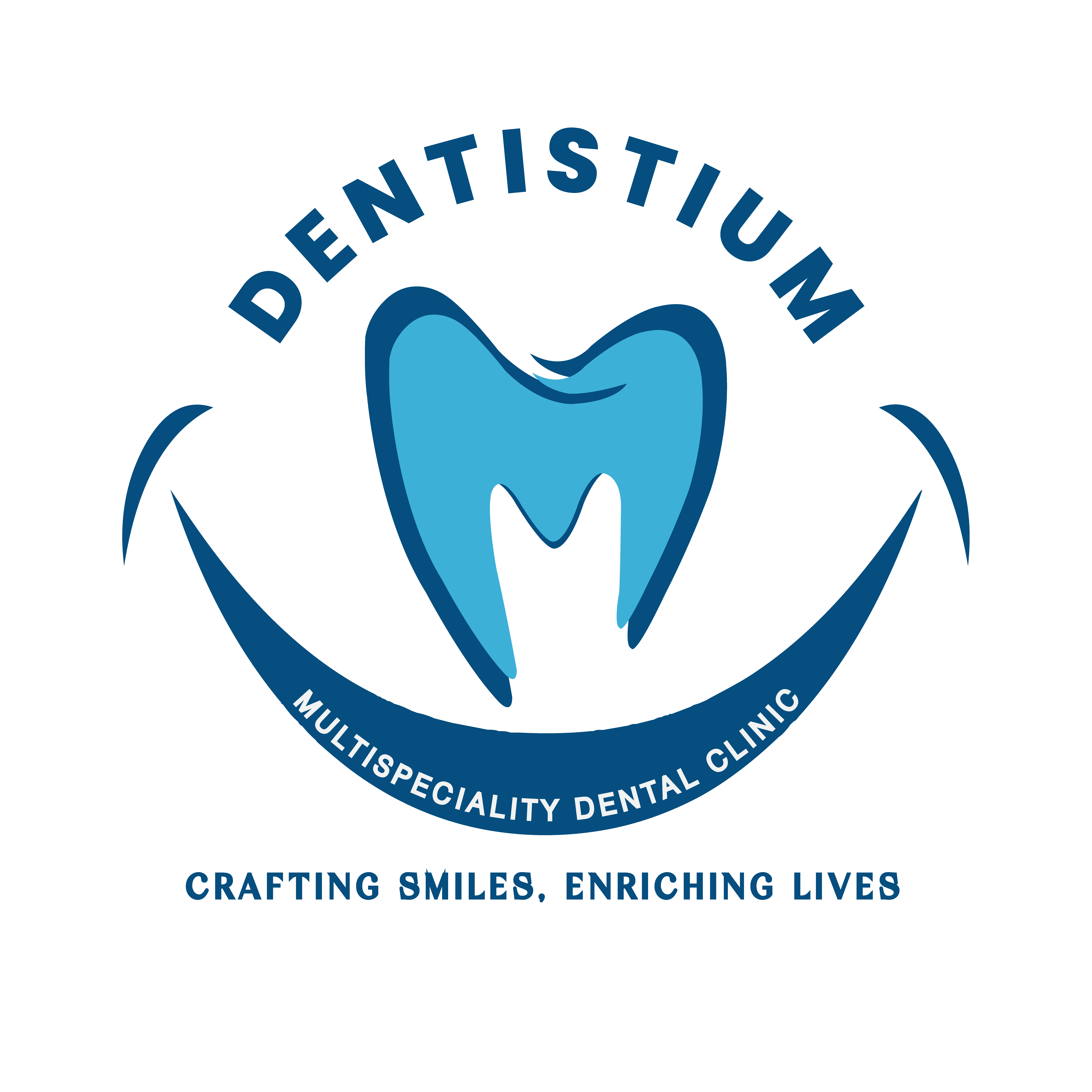







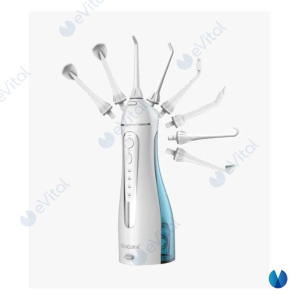


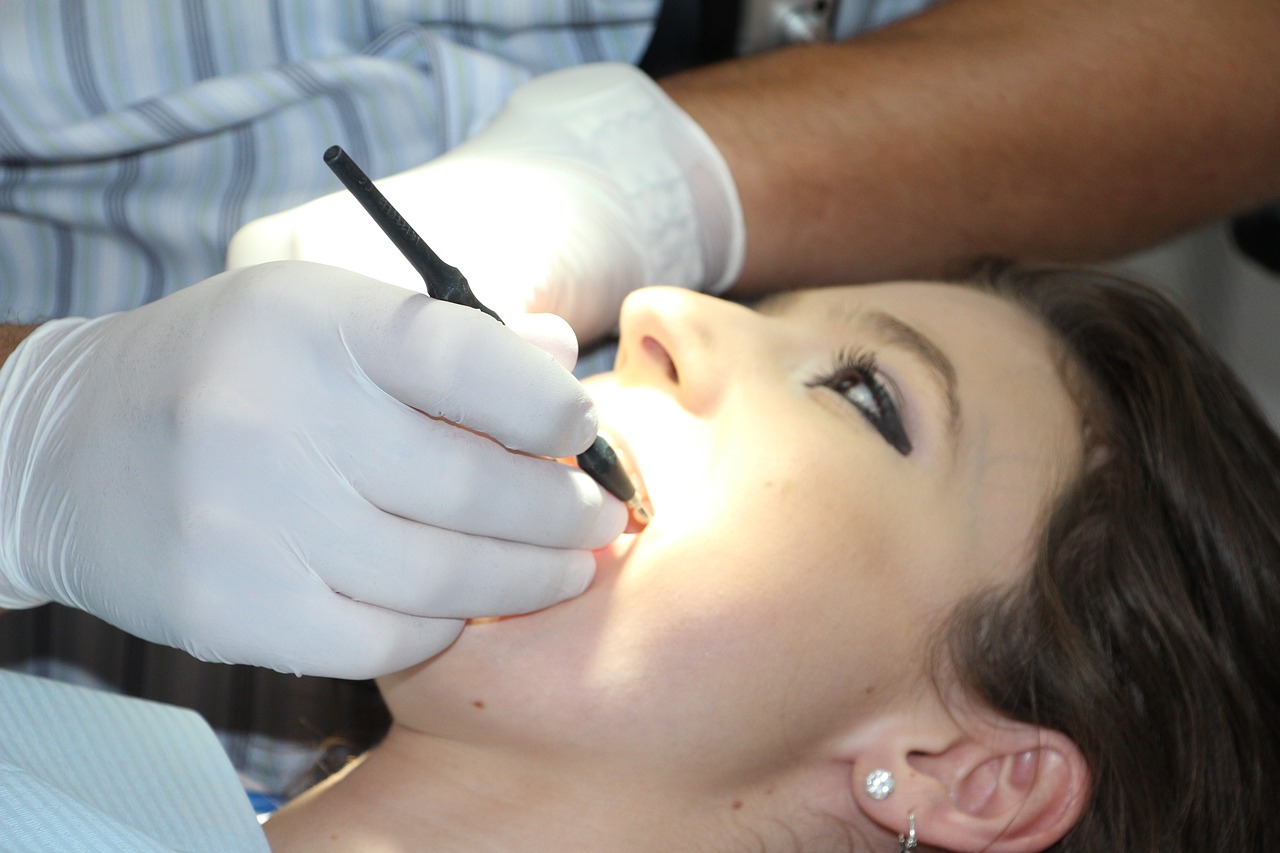
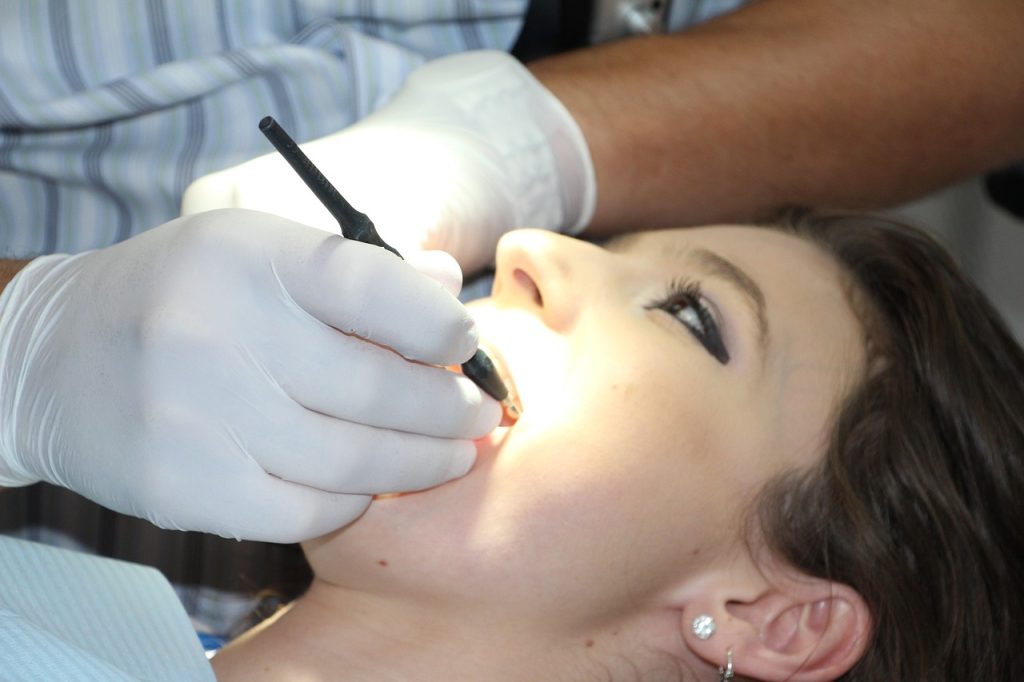
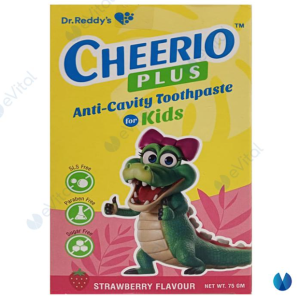



















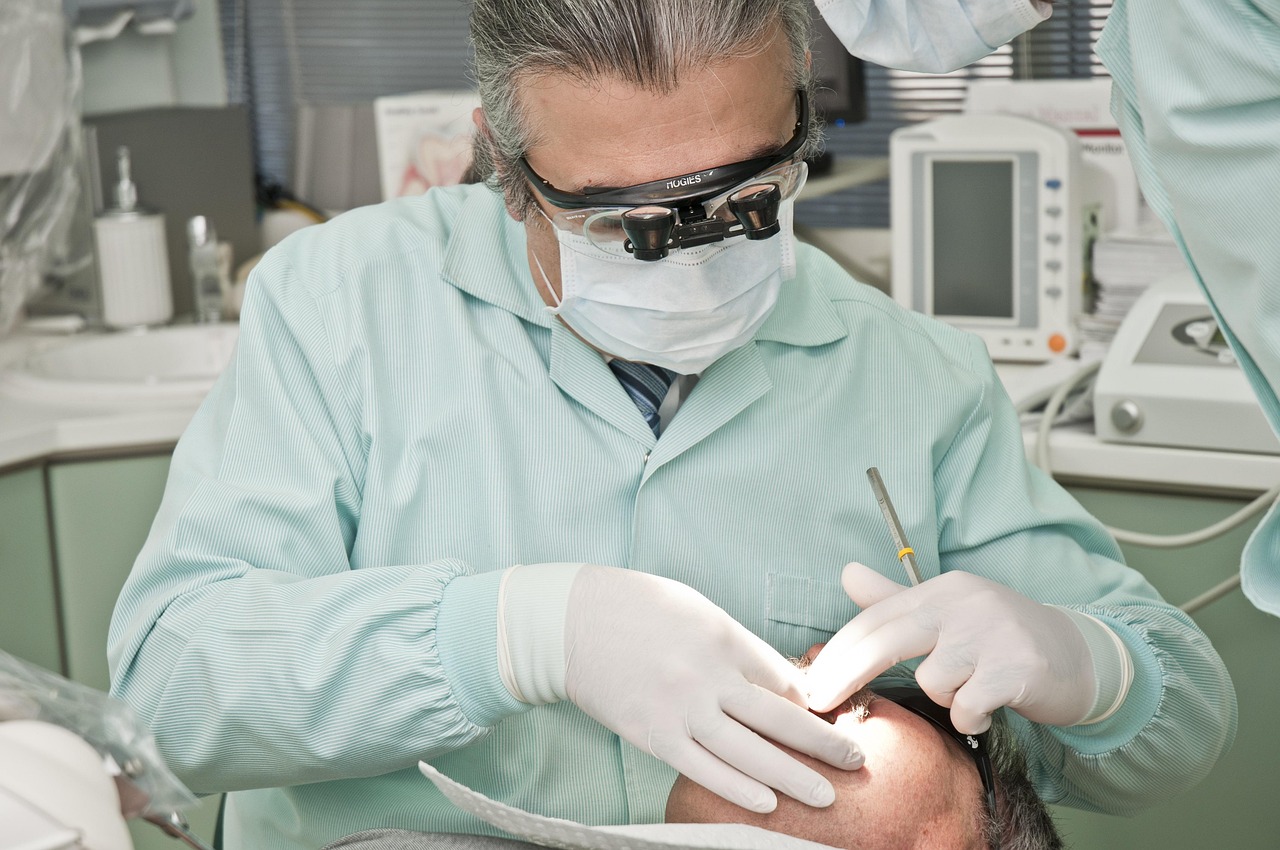
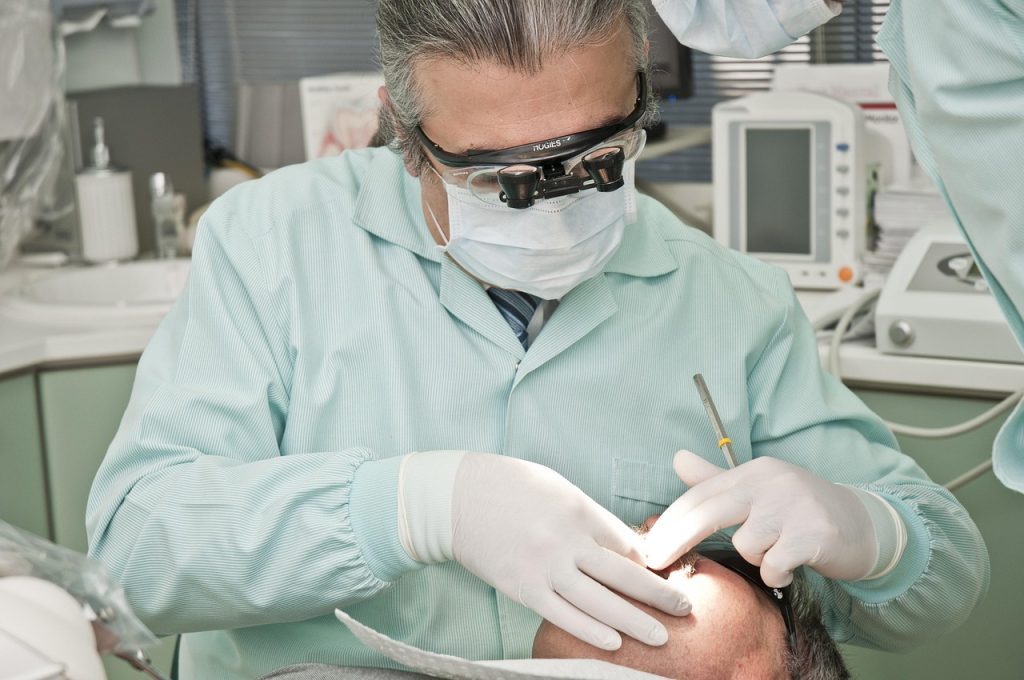
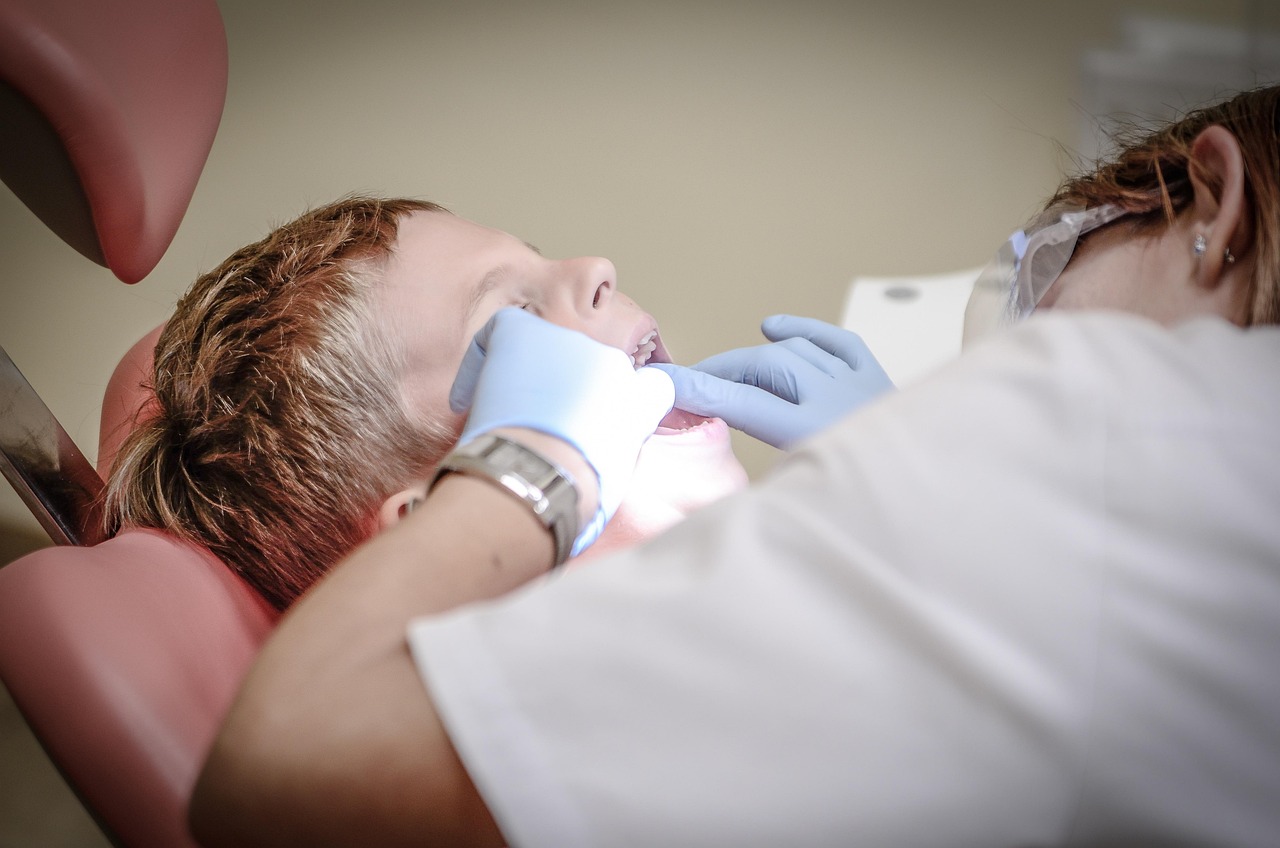




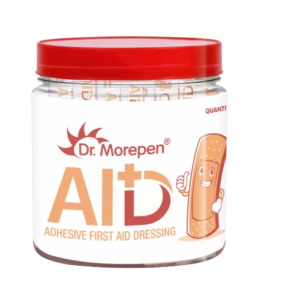







 DENTAL ORTHO WAX BOX OF 5 STRIPS
DENTAL ORTHO WAX BOX OF 5 STRIPS